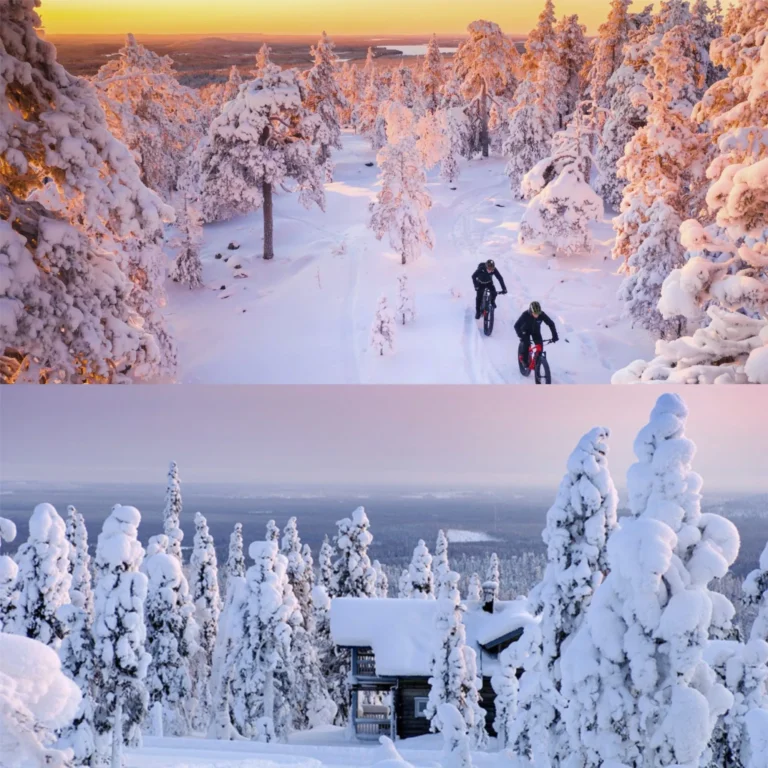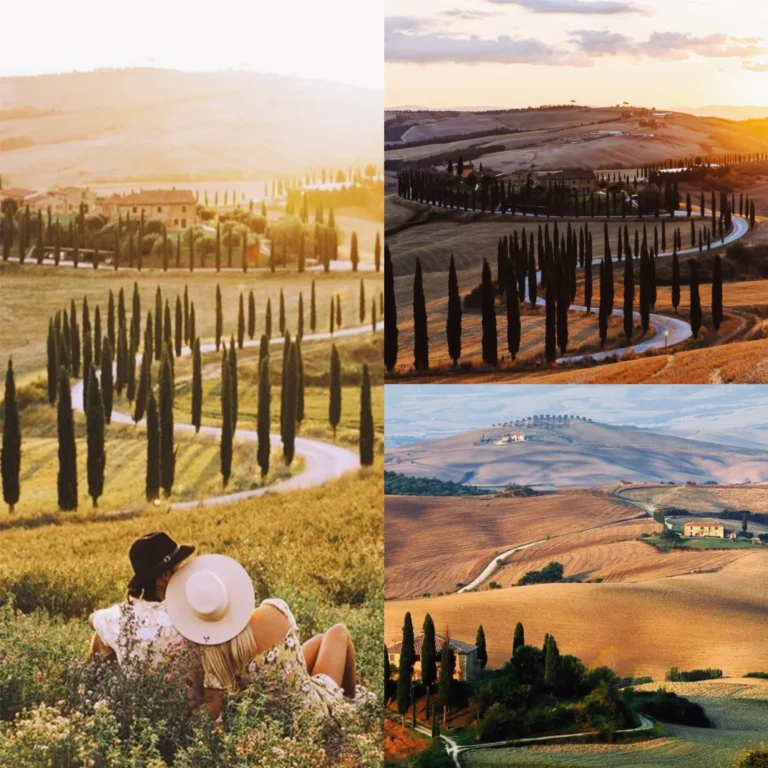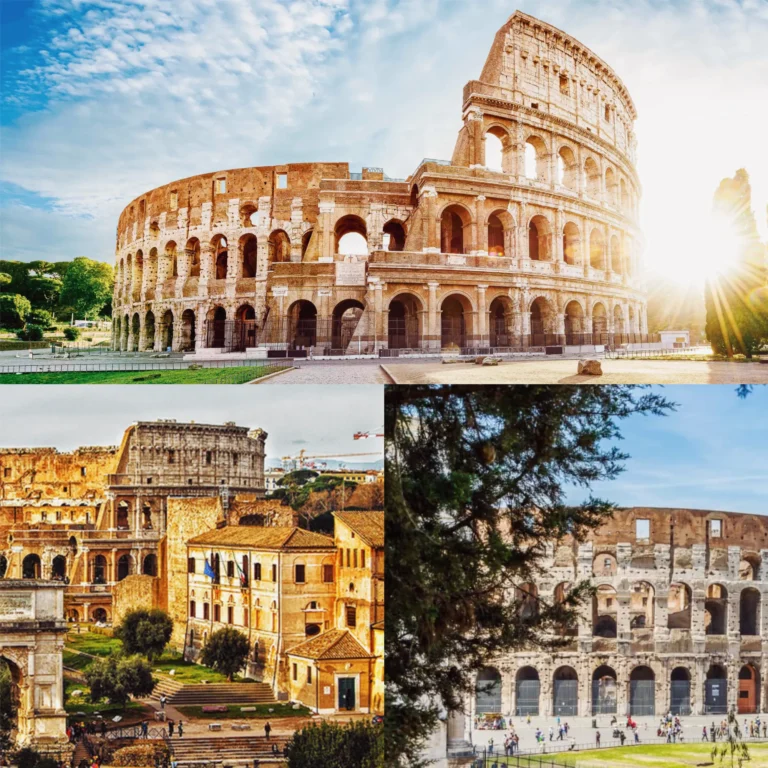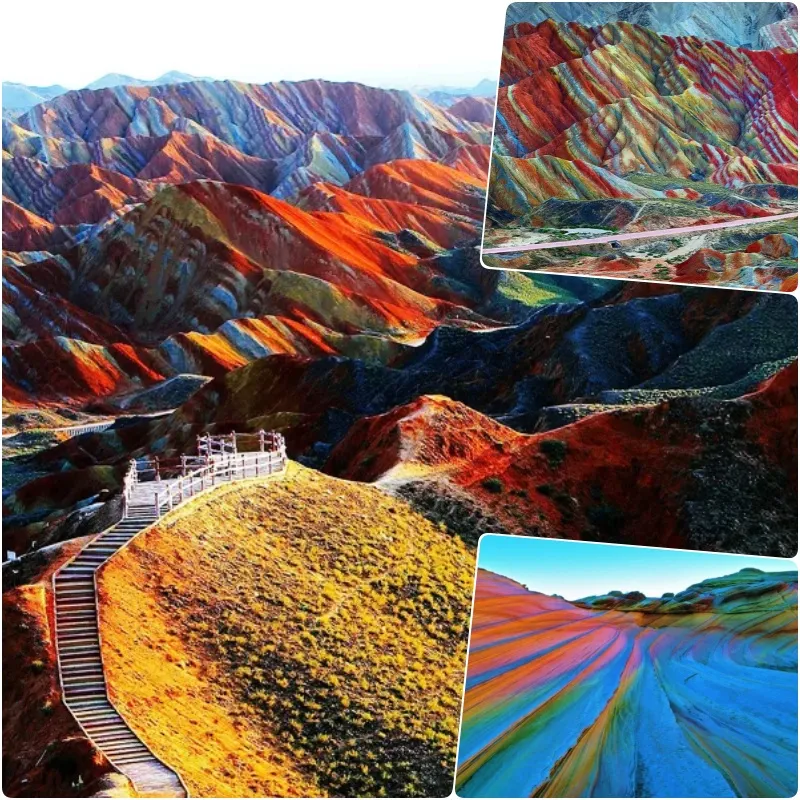
What Makes Peru’s Rainbow Mountain So Stunningly Colorful?
Peru, a South American country renowned for its breathtaking natural landscapes, is home to the spectacular Rainbow Mountain in the Cusco region.
What You Need to Know About Rainbow Mountain
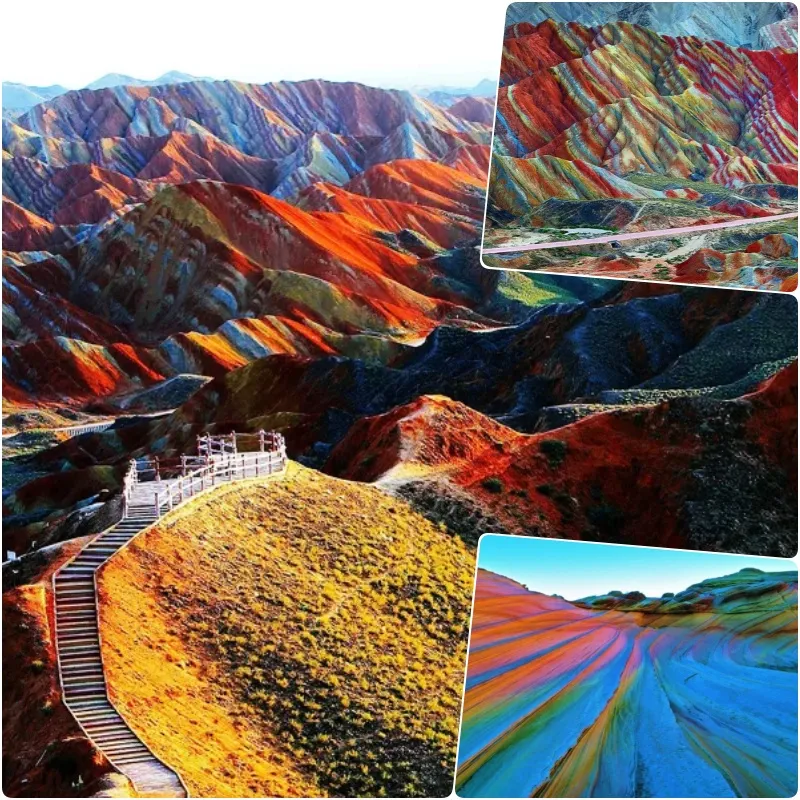
Rainbow Mountain, also known as Montaña de Siete Colores (Mountain of Seven Colors), is located in the Andes of Cusco, Peru. So, what causes the mountain’s striking array of colors? According to HuffPost, these vibrant hues are a result of ancient glacial ice that once covered the area. As the ice melted, it mixed with mineral deposits in the earth, creating the colorful stripes seen today. The red areas are due to iron oxide, yellow hues come from iron sulfide, purple shades result from oxidized goethite or limonite, and green patches are due to chlorite.
Best Time to Visit Rainbow Mountain
It is recommended to visit Rainbow Mountain during the warmer months to avoid rain and snow, which can make the trails more challenging and affect the scenery. However, intense midday sun might cause overexposure in your photos. The best times to visit are early morning or late evening, right after sunrise or before sunset.
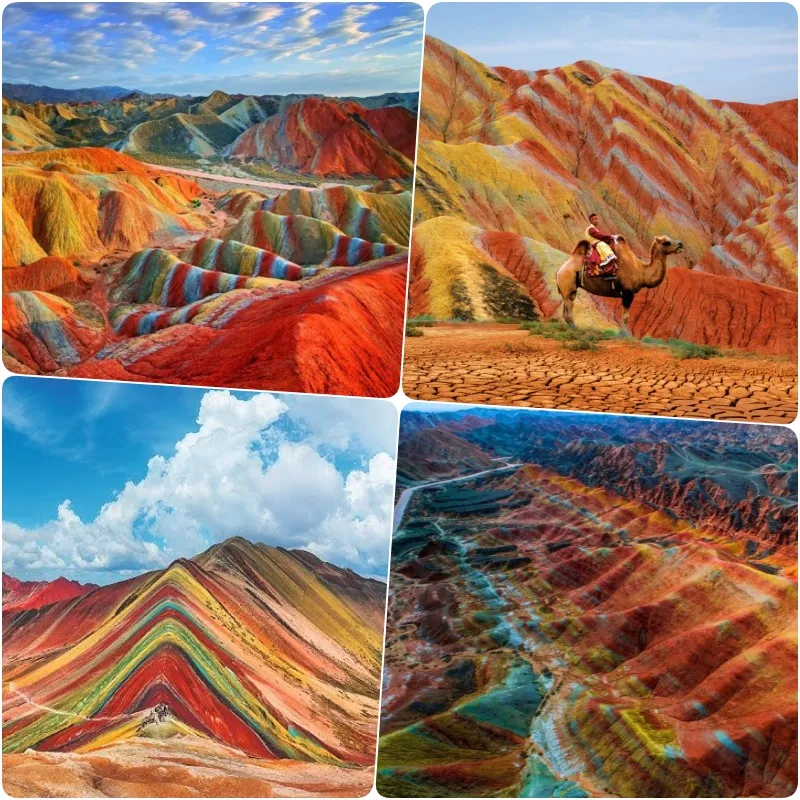
Consider visiting between March and November or from June to August, when the skies are clear and the weather is most pleasant.
How to Get to Rainbow Mountain
To reach Rainbow Mountain, start by traveling to Cusco. From there, a drive of approximately two to three hours will take you to Pitumarca. From Pitumarca, follow the route to Qesoyuno to begin your exploration of this unique landscape.
Rainbow Mountain Trek
Once you arrive, expect a trek of about two to three hours to reach the summit, with an additional three hours to descend. The hike is considered challenging, and it’s important to remember that the summit is 5,200 meters above sea level. Therefore, bringing plenty of water and planning your ascent and descent times is essential.
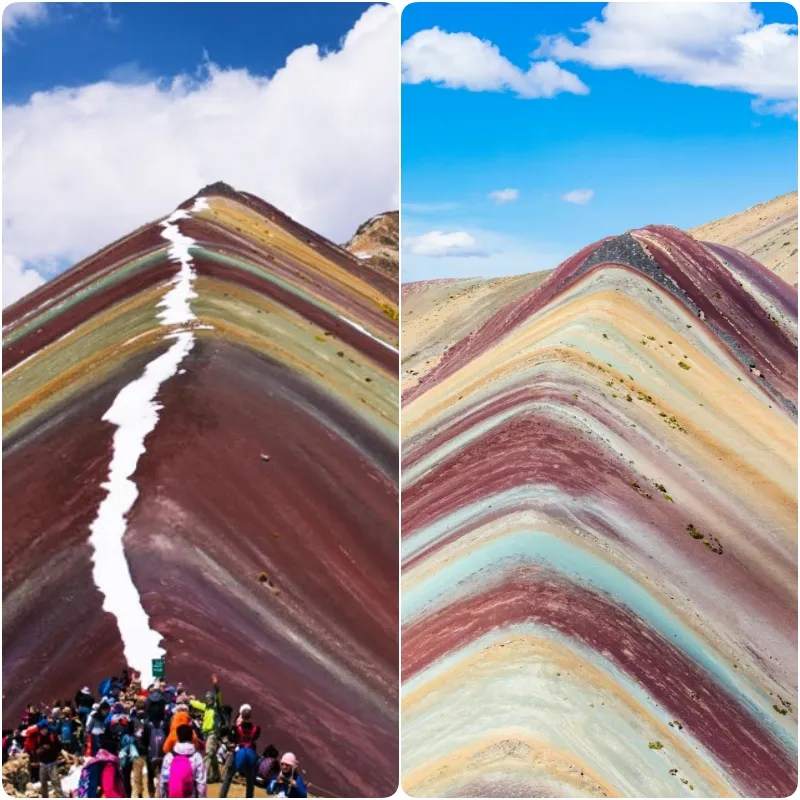
Tips for the Best Photos
For the best photos, try hiking early in the morning or around twilight. These times offer not only comfortable temperatures but also the best lighting conditions, known as the “golden hour” in photography. The light during these times has a beautiful orange hue that enhances the natural beauty of the mountain.
Additionally, consider capturing close-up shots of the colorful earth against the backdrop of the blue sky to showcase the mountain’s vibrant colors.
